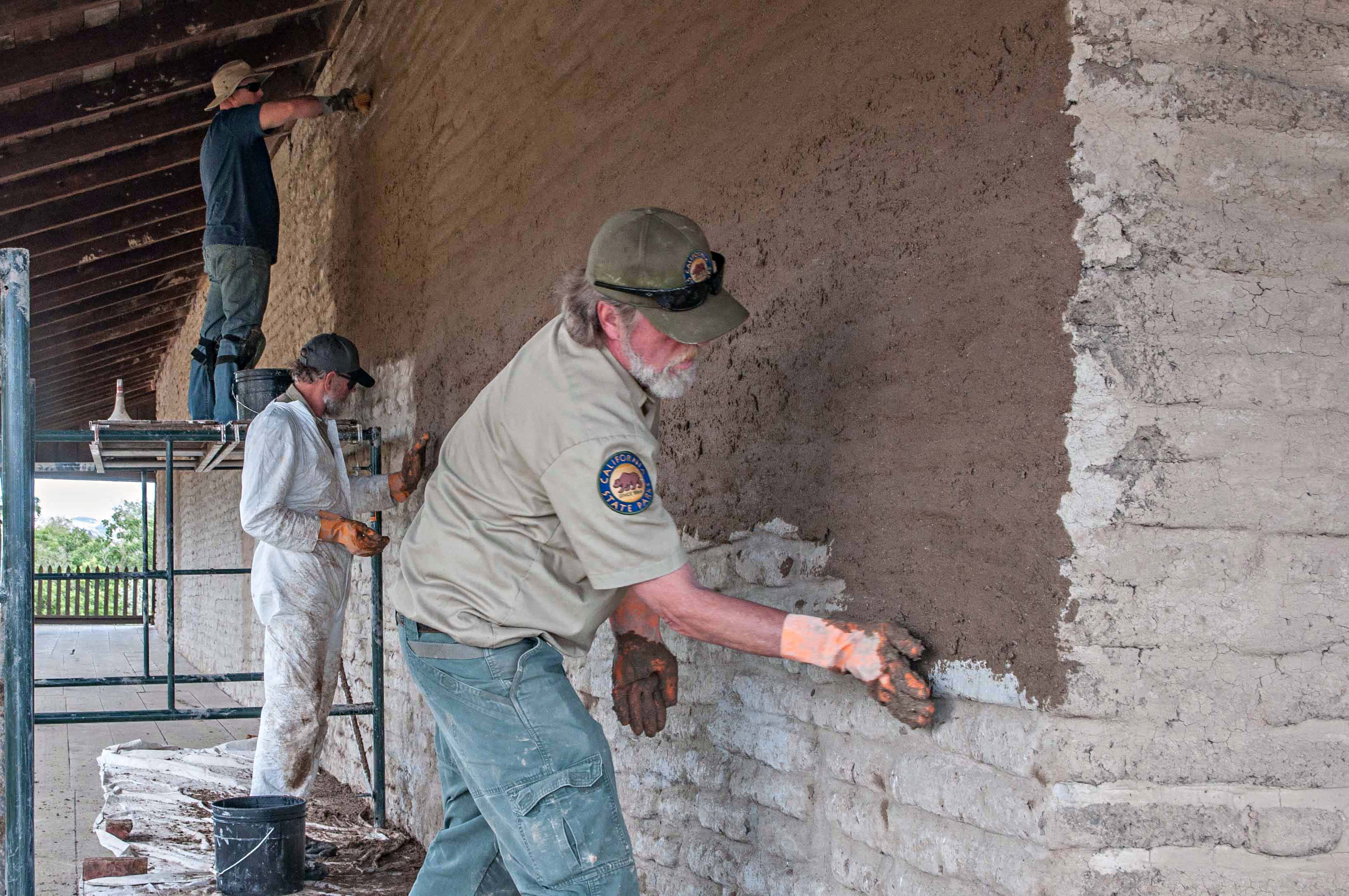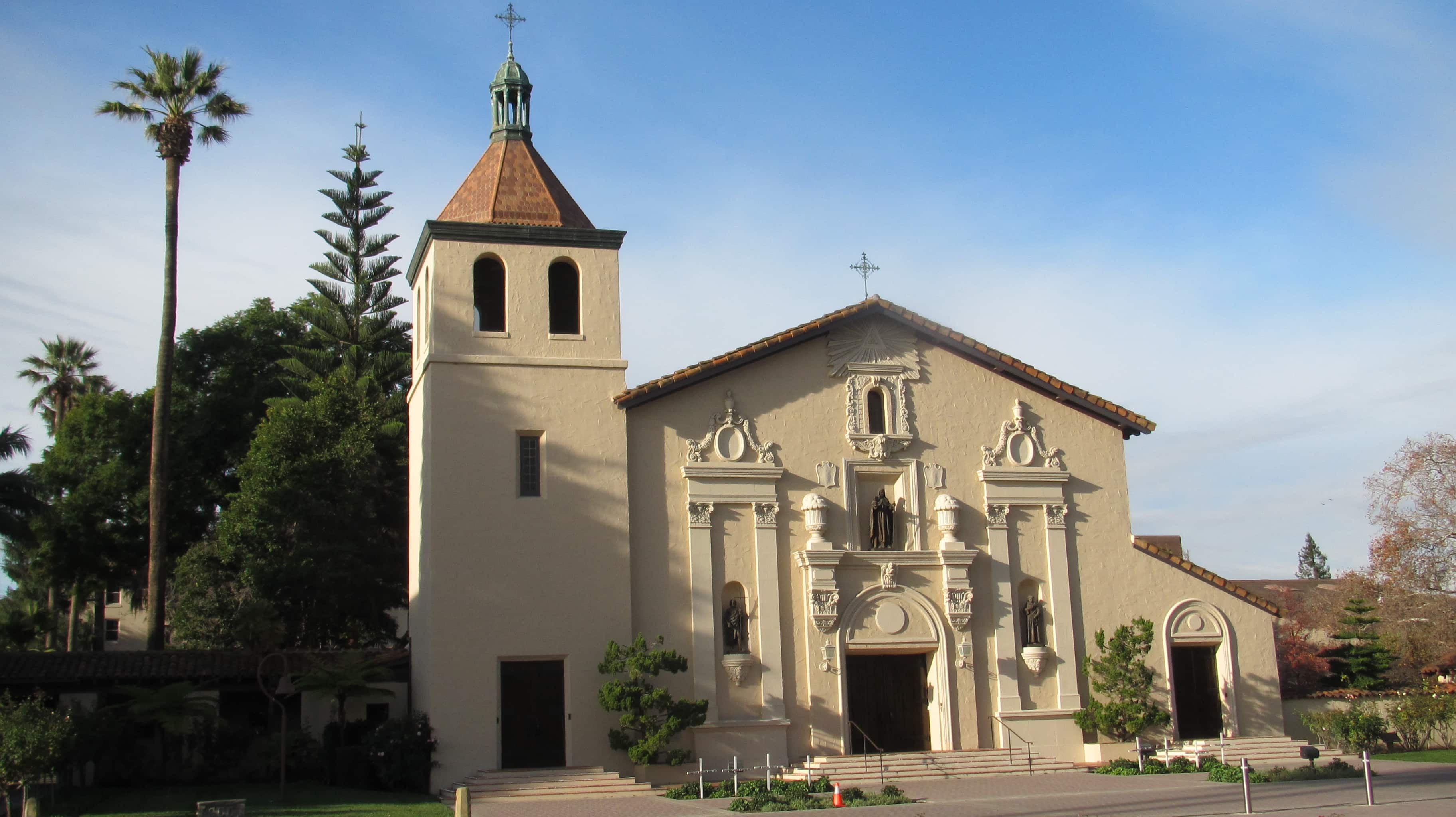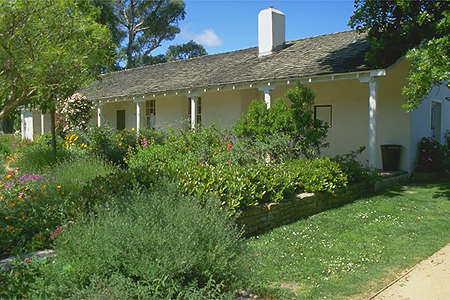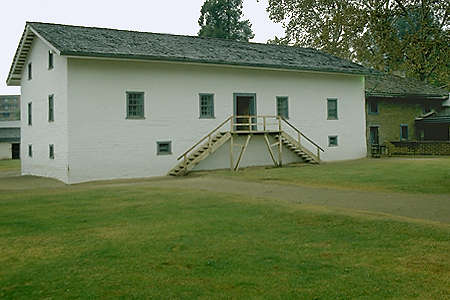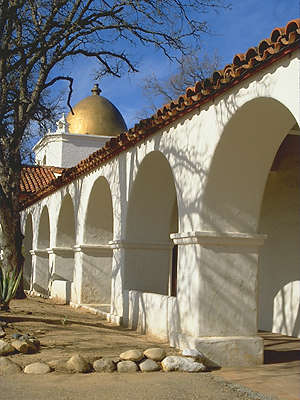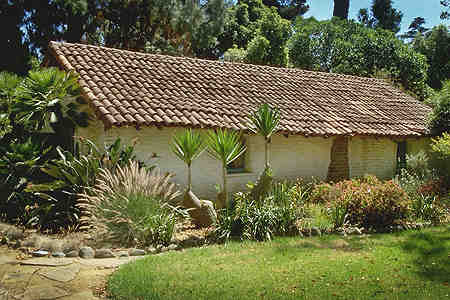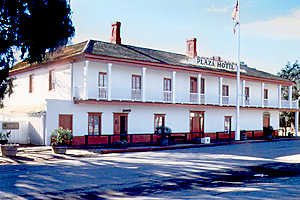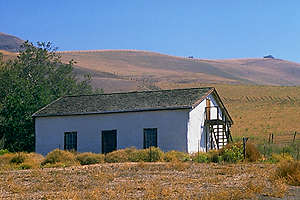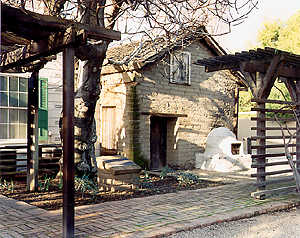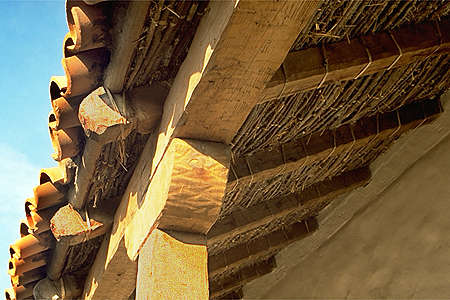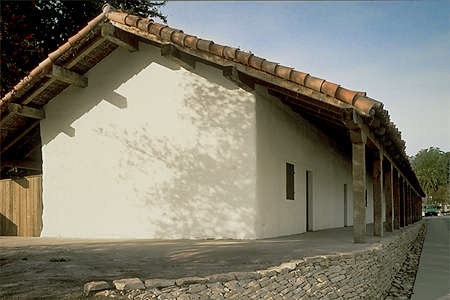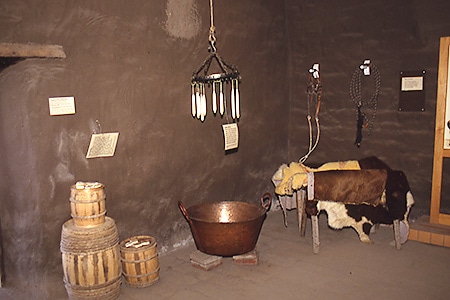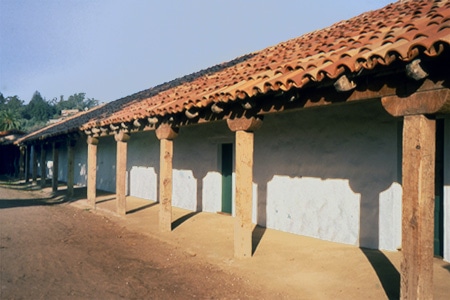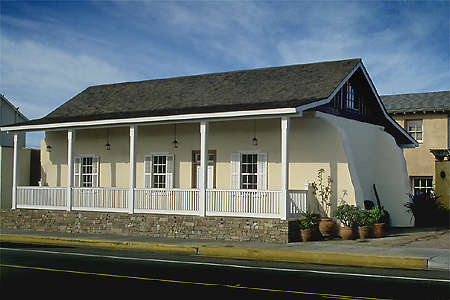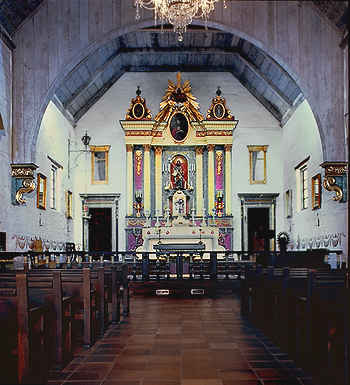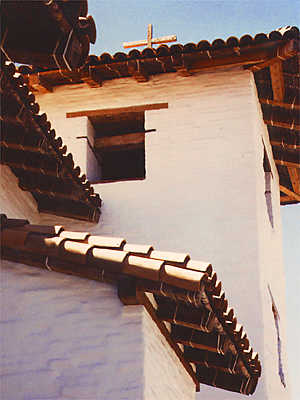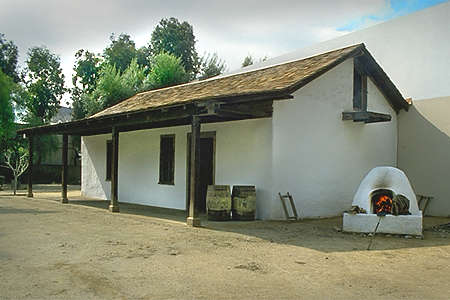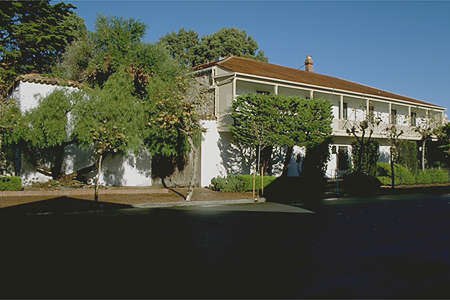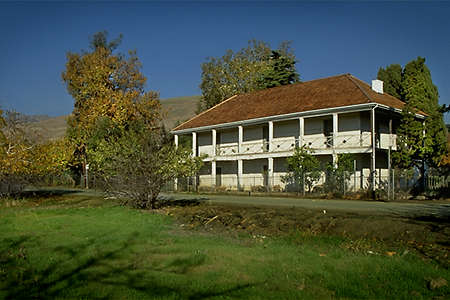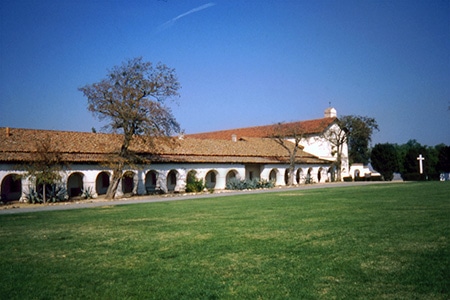| There are many steps and individuals involved in completing the rehabilitation of a historic adobe structure. Though perhaps the most important, the adobe walls themselves may be one of the smallest aspects of the project. Our projects in California include structural strengthening of the adobe walls and roof system. The owner and/or client must understand that the total project could take years and be very costly. Following is a suggestion of what may be addressed in the project.
A Team Approach is recommended to address the complexities of a historic adobe project. Most often the Architect is the team coordinator. The team may include:
Owner or owner’s representative
City, County, or State Planning and Building Departments
Geotechnical (soils) engineer
Archeologist
Historian
Art Conservator
Structural Engineer
Mechanical Engineer
Electrical Engineer
Landscape architect
Cost Planner
Termite inspection company
Interpretive planner / builder of exhibits
General contractor and all subcontractors
A Building Program determines how the building will be restored, used, operated, and maintained. If the owner or agency has not clarified a program, the architect may assist in this process.
A Project Schedule is useful. Following are typical steps in historic rehabilitation project, although each project differs.
1. Identifying scope of work and contract negotiations between the client and architect.
2. Clarifying the proposed use of the adobe and site — as adaptive reuse, house museum, or formal exhibit or a combination.
3. Acquiring a topographic property line survey of the property which shows land contours, trees and their drip lines, all buildings with their finish floor elevations, all services to the site, and any other features that are present. This is a good tool for understanding land contours around the adobe and how the wall base is effected by surface water.
PRELIMINARY STUDY AND REPORT
The preliminary study of the adobe building includes physical investigation to gain an understanding of its construction methods and its present condition. The objectives of a study are to determine:
a. its present condition and needs for repair and restoration
b. the building’s character-defining areas and features which must be preserved
c. structural upgrading options that will least impact the historic fabric
Existing Conditions Drawings These drawings record the building for the historic record and serve as the basis for restoration decisions and final construction drawings.
Seismic Strengthening Plans with Structural Engineer Addressing the seismic strengthening of a historic adobe is a very complex task which requires interaction between the structural engineer, architect, and conservators.
Proposed Site Plan This may include disabled access to the site and building, identification and preservation of any site features, regrading around the adobe structure, proposed new parking, historic interpretation of the site, and proposed new landscaping. In the United States we address access for persons using wheel-chairs and who have physical limitations. This is required for public buildings including historic structures.
Other Information in the Preliminary Study
Reports from the consultants on the existing conditions of the mechanical/electrical systems and their proposed upgrading.
Archeological report which contributes to an understanding of how the building may have evolved through time, where walls and footings once were, and the earlier interior uses of the adobe structure.
Historical research
Termite report
Cost plan The first step in budget planning for components of the work, building and site.
Proposed Timeline of Tasks so that client understands the many steps that must be undertaken before construction can begin.
PRELIMINARY DOCUMENTS PHASE
Drawings are prepared which describe how the rehabilitation will take place and what the restoration treatment and eventual configuration of the building will be. These are Site Plan, Floor Plan, Framing Plans, Roof Plan, Building Sections, and Exterior Elevations. A Cost Plan prepared at this level will clarify to the client the construction budget which will be required.
CONSTRUCTION DOCUMENTS PHASE
These drawings and specifications are for the restoration/conservation of the building and site and are for the propose of soliciting bids from general contractors and guiding the construction process. These documents are prepared by the architect and the subconsultants.
CONSTRUCTION PHASE
The architect and all his or her subconsultants will observe the work of the contractor. The conservator and archeologist may be involved as consultants to the architect.
BUILDING MAINTENANCE
Finally, a very important aspect of the project is maintenance once the building has been rehabilitated. The architect may prepare a maintenance manual recommending periodic checkpoints of various building elements and conditions. If the building is maintained by a maintenance staff, this manual will serve as a guide to assess building needs and a log to record what has been done to the building. |

